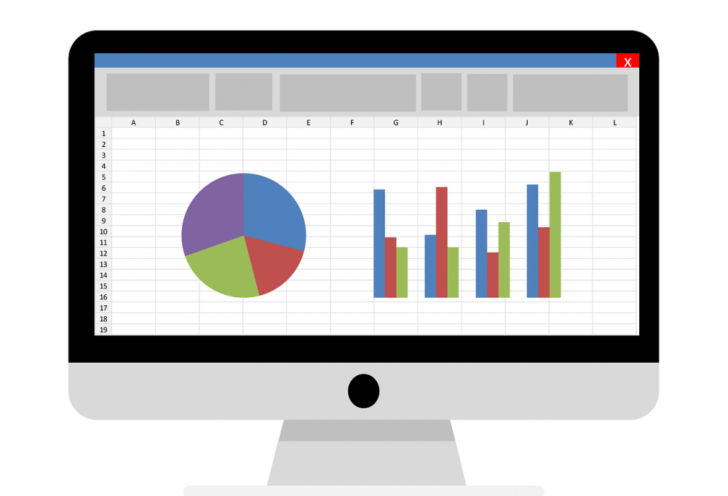Day Trading: A Comprehensive Guide for Private Individuals

Introduction
Day trading is a popular method of short-term trading that involves buying and selling financial instruments within the same trading day. In this article, we will provide a thorough overview of day trading, including its definition, different types, and popularity among private individuals. Additionally, we will delve into quantitative measurements of day trading, discuss the variations within this trading strategy, and provide a historical review of its advantages and disadvantages. By structuring the text in a way that increases the likelihood of appearing as a prominent snippet on Google search, we will ensure maximum visibility and accessibility for our readers.
I. Definition and Overview of Day Trading

Day trading refers to the practice of buying and selling financial instruments, such as stocks, currencies, or commodities, within a single trading day. The primary goal of day traders is to take advantage of short-term price fluctuations in order to make quick profits. Unlike long-term investors who hold onto their positions for an extended period, day traders aim to capture profits from small price movements.
II. Types and Popularity of Day Trading
There are various types of day trading strategies that traders employ based on their preferences and risk tolerance. Some popular types include:
1. Scalping: This strategy involves making numerous trades throughout the day, aiming to profit from small price differentials.
2. Momentum Trading: Traders using this approach focus on stocks that have shown significant moves during the day, attempting to ride the momentum for quick gains.
3. Breakout Trading: This strategy involves identifying stocks or other financial instruments that are on the verge of breaking through key levels, such as support or resistance, and capitalizing on the ensuing price movement.
Day trading has gained significant popularity among private individuals due to its potential for quick profits and accessibility. The rise of online trading platforms and advanced technology has made it easier for individuals to engage in day trading from the comfort of their homes.
III. Quantitative Measurements of Day Trading
To analyze the performance and efficacy of day trading strategies, traders and researchers employ various quantitative measurements. Some key measurements include:
1. Win Rate: This metric represents the percentage of profitable trades over a given period. A high win rate indicates a successful strategy.
2. Average Profit per Trade: This measurement determines the average profit earned on each trade, highlighting the efficiency of the strategy in generating profits.
3. Risk-to-Reward Ratio: This ratio compares the potential profit of a trade to the potential loss. A favorable risk-to-reward ratio indicates a strategy with a higher potential for profit.
IV. Variations within Day Trading
Day trading strategies can vary significantly based on the trader’s approach, trading timeframe, and market conditions. The differences can be observed in the following aspects:
1. Timeframe: Some day traders prefer shorter timeframes, such as minutes or hours, while others may focus on longer intraday trends or even multi-day trades.
2. Market Focus: Day traders can specialize in various markets, including stocks, forex, futures, or cryptocurrencies, based on their expertise and available opportunities.
3. Risk Management: Traders implement different risk management techniques, such as setting stop-loss orders, to limit potential losses and protect their capital.
[Videoklipp om olika day trading strategier kan infogas här]
V. Historical Review of Pros and Cons of Day Trading
Over time, day trading has presented both advantages and disadvantages for traders. Understanding the historical context allows individuals to make informed decisions. Some notable pros and cons include:
Advantages:
1. Potential for Quick Profits: Day trading provides an opportunity to make profits within a short timeframe, allowing traders to capitalize on daily market movements.
2. Accessibility: With the advent of online trading platforms, day trading has become accessible to a broader range of individuals.
Disadvantages:
1. High Risk: Day trading involves significant risk due to the fast-paced nature of trading and the potential for substantial losses.
2. Emotional Stress: The constant monitoring of trades and making quick decisions can lead to emotional stress and psychological challenges.
Conclusion
Day trading is an engaging and potentially lucrative trading strategy that allows private individuals to capitalize on short-term price movements. With various types of day trading strategies available, each offering unique approaches and risks, individuals have the opportunity to tailor their trading style to their preferences. However, it is essential to remain aware of the potential risks and challenges associated with day trading. By constantly reviewing and updating strategies based on historical insights and quantitative measurements, traders can enhance their chances of success in the dynamic world of day trading.





















